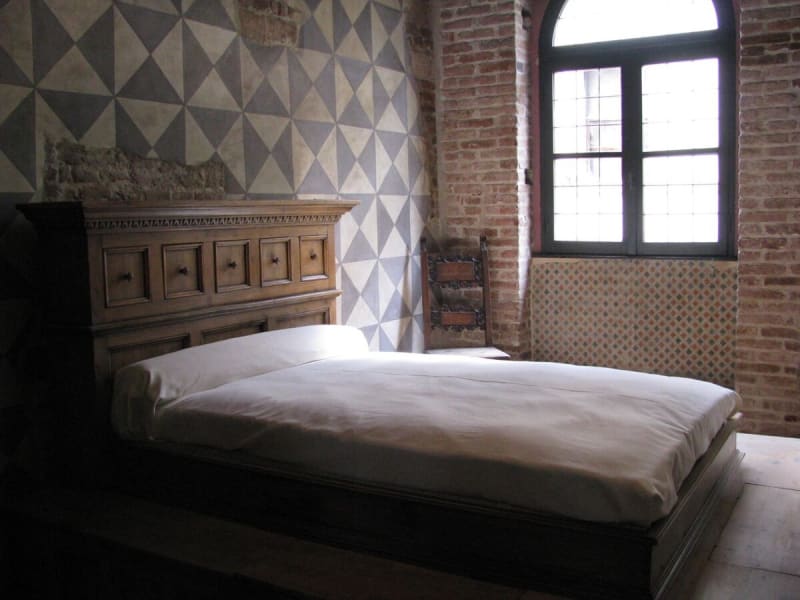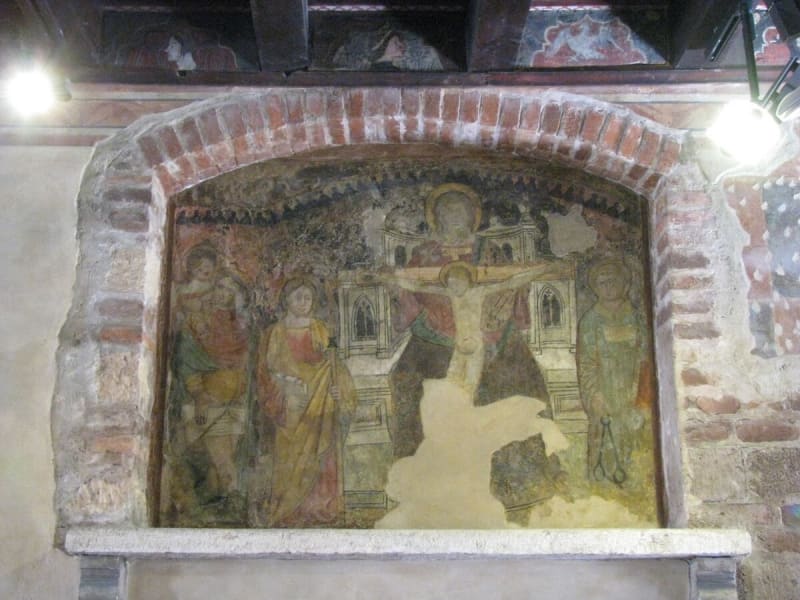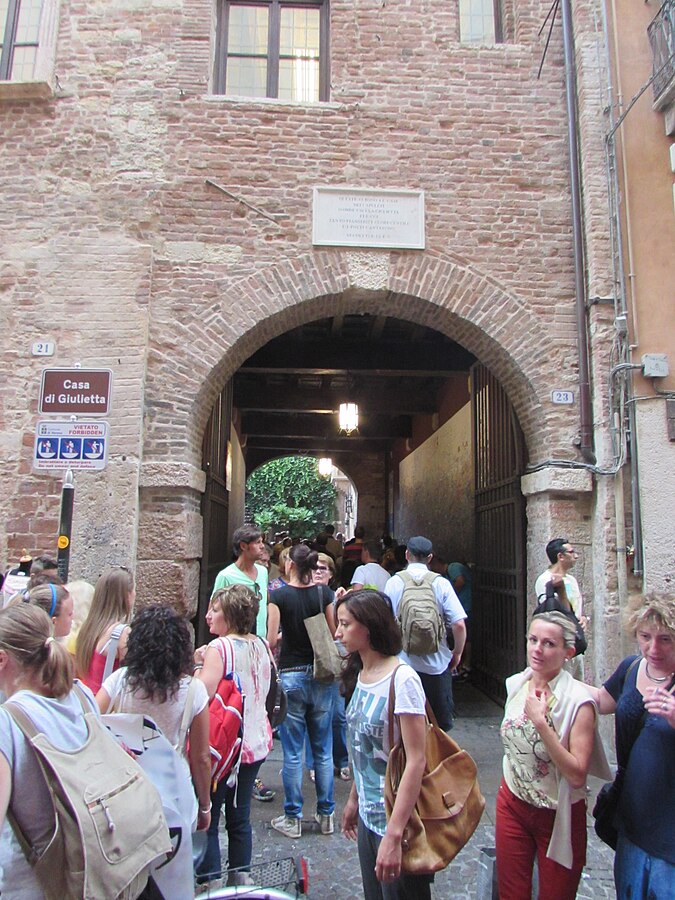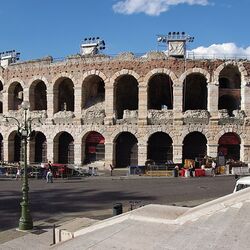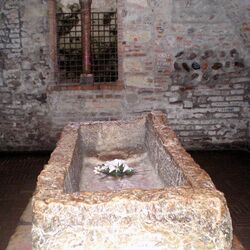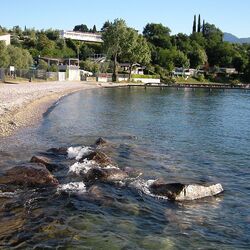Juliet's House
Juliet's House became the center of attraction for those who read Shakespeare's tragedy or watched films based on the book. It is located in Verona, which has a history of more than 2 thousand years. The architecture of the city combines ancient Roman and medieval buildings: an amphitheater for gladiatorial fights, monasteries, houses of citizens, tombs. For modern tourists, Verona is associated with Romeo and Juliet, why is the attraction interesting?
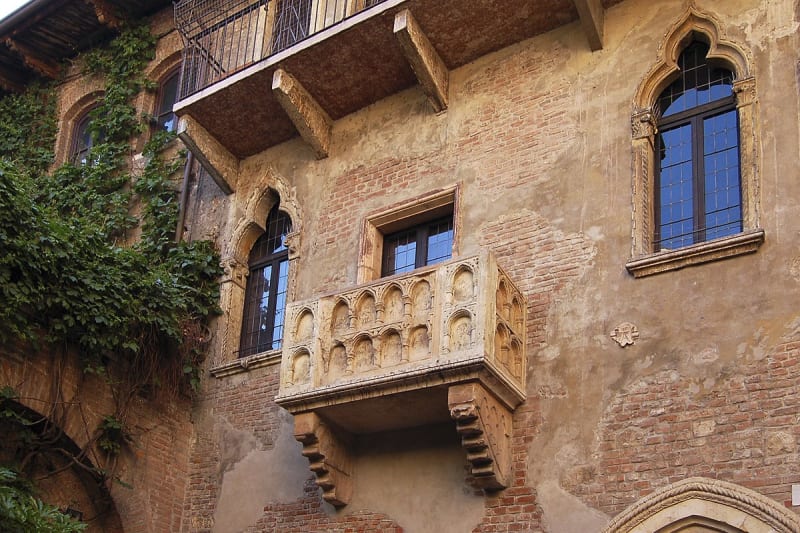
The Story of Juliet's House
Historians claim that Shakespeare never visited Verona, so the real prototypes of his characters did not live here. But Juliet's House is a symbol of the city, and tourists rush here. It was built in the 13th century according to the classical canons of medieval Italian buildings: with a courtyard, balconies around the perimeter of the second floor. The building belonged to representatives of the ancient noble family of Dal Cappello. The owners believed that their family name became the prototype of the Capulet. The building changed its purpose several times, and in 1907 it was put up for auction.
To attract tourists, the city Municipality has decided to create a museum dedicated to the heroes of Shakespeare's tragedy. The house was restored based on Shakespeare's play and the scenery of the first film adaptation of Romeo and Juliet in 1936. Juliet's balcony was added, where the famous declaration of love took place, and the courtyard was decorated according to the decorations.
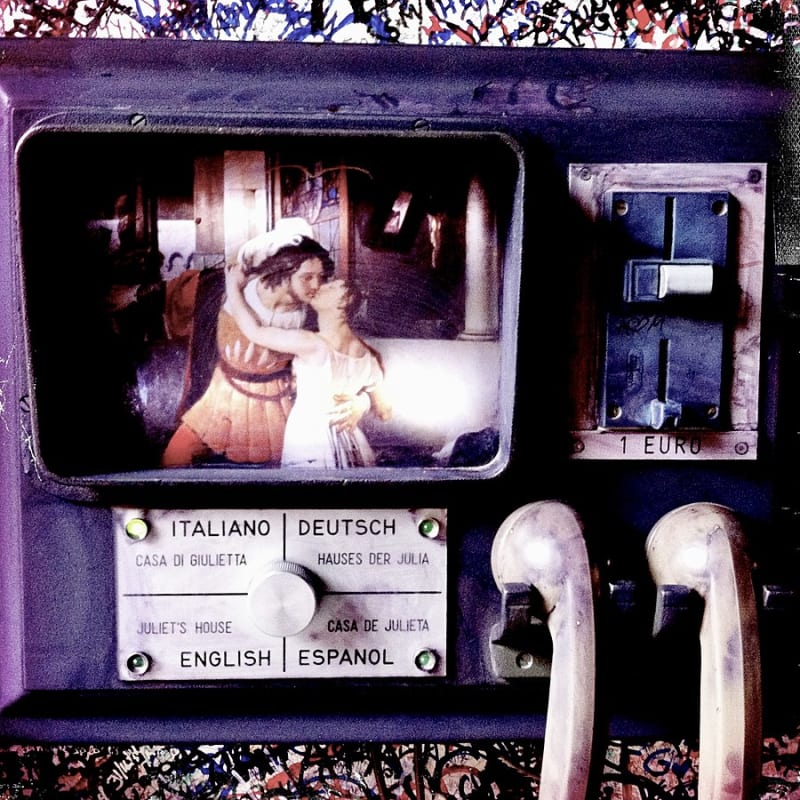
The reason for the new reconstruction was the Oscar-winning film F. Zefirelli, released in 1968. Filming took place in several Italian cities, including Verona. Interest in the city increased, and the municipality installed a bronze statue of Juliet in the courtyard.
Statue of Juliet and tourist signs
Before visiting Juliet's House, those who were there tell a legend: in order for happy love to come to life, you need to touch the bronze girl's right breast. You also need to write a wish and leave it in the courtyard wall of Juliet's House. After a while, the tourist center lost its attractive appearance, and this became a problem.
The statue cracked, and the yard was filled with piles of trash from the notes. The municipality made a decision: the statue was replaced with a modern copy, the original was placed in a museum, mailboxes were installed for letters, and fines were imposed for unauthorized inscriptions. The museum at Juliet's House is open to the public for a small fee. Here you can immerse yourself in the atmosphere of the Middle Ages, the scenery of the 1968 film is located right there. Tourists can take photos on the famous balcony.
The Tomb of Juliet
After visiting Juliet's House, tourists head to the Franciscan monastery of San Francesco Al Corso, where the heroine's tomb is located. The sarcophagus is made of red marble. The legend that this is the grave of Shakespeare's Juliet has been known since the 19th century, Madame de Stael and Charles Dickens came here. In the 20th century, with the release of films, this place of attraction for tourists was also made more attractive: sculptures were erected, and a museum of frescoes was opened.
Locals say that the air of Verona is saturated with romance, mystery, and it is unlikely that the situation will ever change. Traditionally, after visiting the city, you will definitely want to re-read Shakespeare or watch the films "Romeo and Juliet". Perceptions change over the years, and it may be possible to discover a new truth for yourself.

